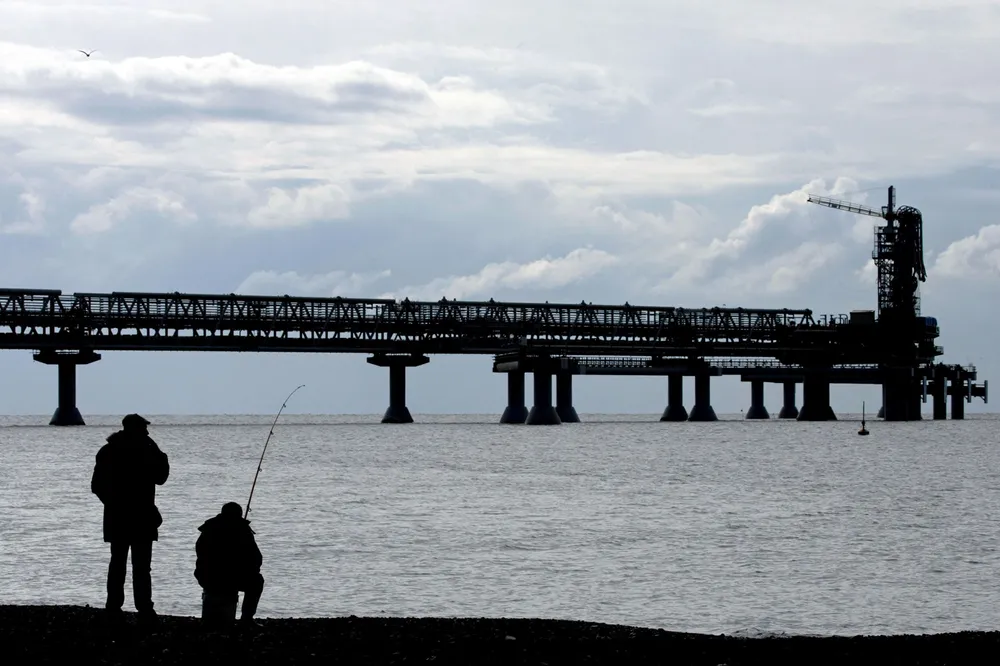Sakhalin 2 eyes drop in LNG shipments
Russian offshore development project faces depletion of gas reserves at key field as sanctions impede search for additional gas

Russian offshore development project faces depletion of gas reserves at key field as sanctions impede search for additional gas
